Healthy Ecosystems
Connectivity, Free-Flowing Rivers and Keystone Species
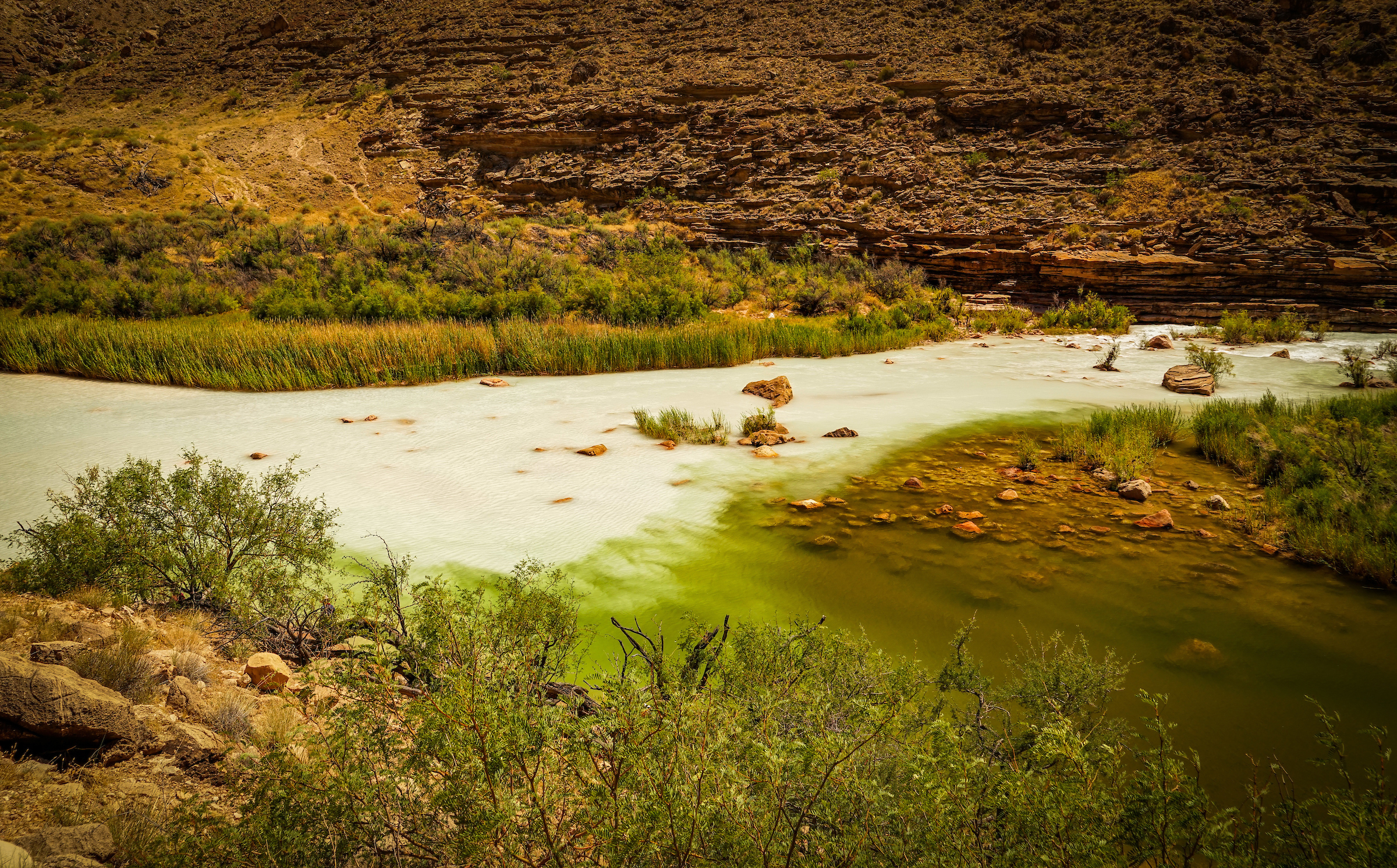
Rivers are natural connectors. They give wildlife access to nutrition, safety, and community. Climate-resilient habitat can largely be delineated into refugia and corridors (Dreiss, 2022). While the many types of refugia provide life-saving habitat, the other critical factor is how easily wildlife can reach these places of refuge through river corridors.
When a tributary is diverted or a river is dammed, both habitats and species are negatively affected. River corridors are essential for wildlife survival. Here we explore the effects of fragmentation and connectivity, the importance of natural flow regime, and the role of ecosystem engineers and microhabitats as protectors of biodiversity.
“After disturbances such as floods, droughts, or fires, a highly connected stream network allows for more rapid recolonization by affected species back into the disturbed area more than in networks fragmented by dams and other developments.”
(Perry and Major, 2022)
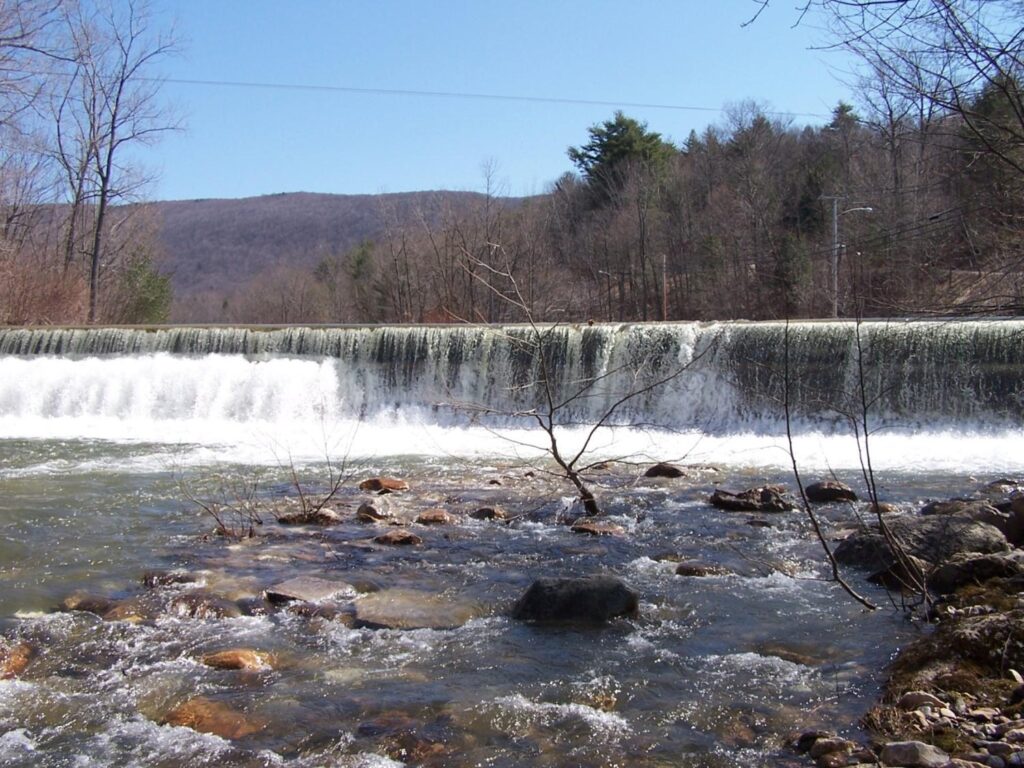
Fragmentation and Connectivity
Fragmentation is the loss of connectivity between ecosystems, habitats, or species. In the case of rivers, fragmentation typically occurs due to the construction of dams and other water diversion systems. For aquatic species, this often means they may simply no longer exist in certain rivers and streams. For wildlife, river fragmentation often eliminates access to food sources, birthing or rearing areas, or critical riparian habitat. Connectivity, on the other hand, is what fosters biodiversity. Maintaining connectivity of rivers, refugia, and migration corridors should be a top management priority. “Connectivity enables daily movements and seasonal migrations that promote healthy species by allowing the spread of new genetic material to keep local and regional gene pools diverse” (Perry and Major, 2022). Connected river systems, floodplains, and riparian areas offer species a better chance for survival against disturbance events, such as floods and fires, and the effects of climate change.
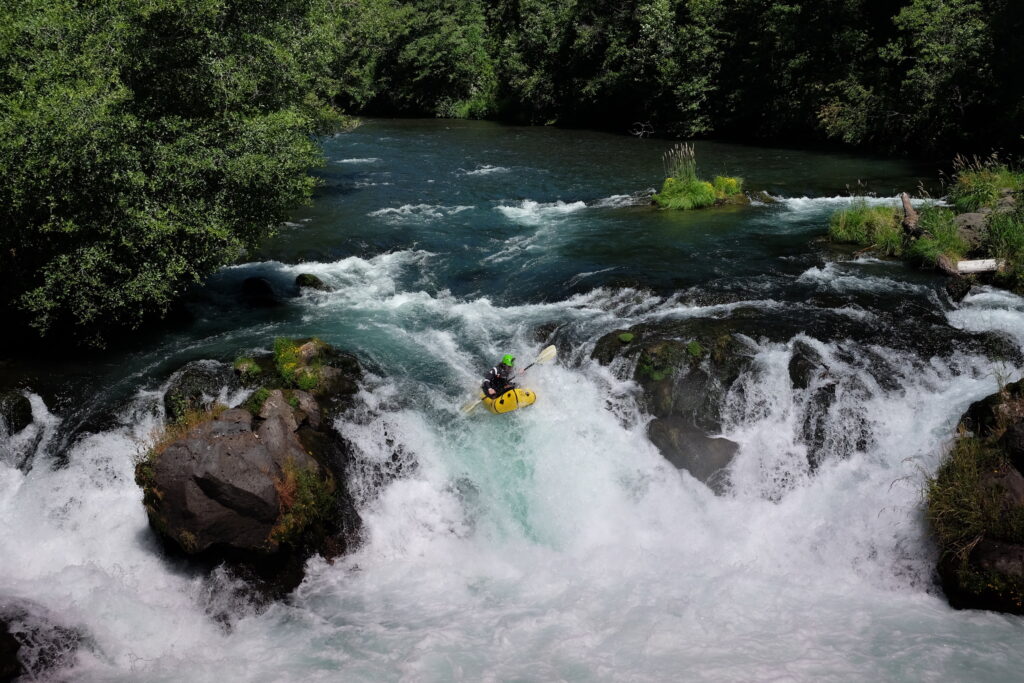
Natural Flow Regimes
Perhaps the greatest asset to a healthy river and wildlife ecosystem is maintaining a natural flow regime. A natural flow regime is defined as the magnitude, frequency, duration, timing, and rate of change of flow events that characterize the hydrology of natural river environments (Poff et al., 1997), or in other words: a free-flowing river with natural fluctuations. This is a challenge for water managers due to the constant demands on rivers for their water and energy, as well as flood and drought mitigation, yet it is one that must be addressed in order to best protect biodiversity. Two recent studies (Pennock et al., 2022 and Salehabadi et al., 2020) showed that four main tributaries to the Green River saw decreases of 25-81% of their historical flow in the past twenty years due to flow regulation, water withdrawals, and persistent, basinwide drought. Three of these rivers saw significant declines in native fish species. The White River, which exhibited a more natural flow regime than the others and also offered more habitat availability and complexity, had healthier fish populations. A natural flow regime allows for flooding, sediment and nutrient deposition, spawning and rearing habitat, and overall healthier riparian areas. Healthy riparian areas provide critical habitat, food sources, and protection for wildlife. A natural flowing river “is essential for biodiversity protection and species resilience” (Perry and Major, 2022).
Reintroduction, Ecosystem Engineers, and Microhabitats
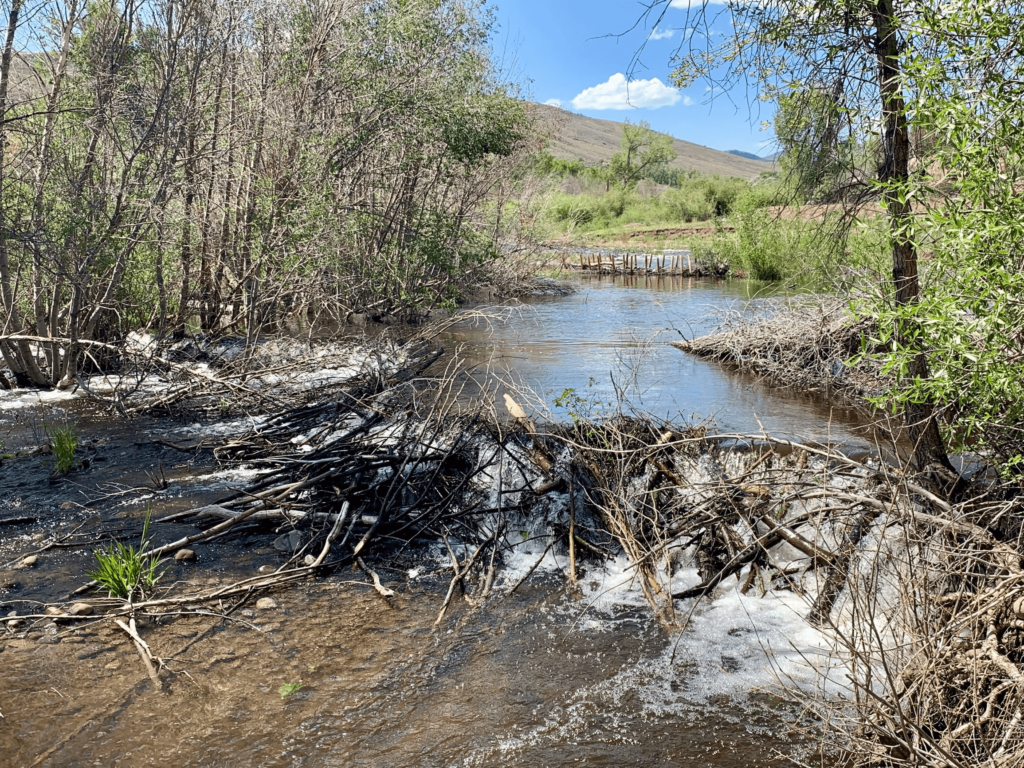
One of the best solutions in establishing healthy rivers and wildlife populations is to ensure the existence of keystone species and ecosystem engineers. Unfortunately, many of these species are threatened or no longer live in their ideal habitats. Rewilding, a term that was “first used to refer to the (re)introduction of large carnivores for the restoration of usually a large and connected wilderness area” (Thakur et al., 2020), has evolved into a complex restoration solution that reconnects wildlife to rivers, floodplains, and riparian areas.
The dynamics of a single species in an ecosystem is incredibly interconnected and complex, and we continue to learn both the risks and rewards of reintroduction. Beaver are both a keystone species and ecosystem engineer because of their critical role in building and maintaining healthy river ecosystems. Reintroducing beaver back “to areas where they have been extirpated could help restore connectivity for improved ecosystem function and wildlife habitat, increase the production of imperiled fish populations, expand wetland areas, and reduce the risk of catastrophic wildfire” (Perry and Major, 2022). There are numerous species that provide these types of ecosystem improvements, and they range from “those as small as insects (dung beetles or termites) to those as large as vertebrate herbivores (e.g., deer or elk)” (Thakur et al., 2020).
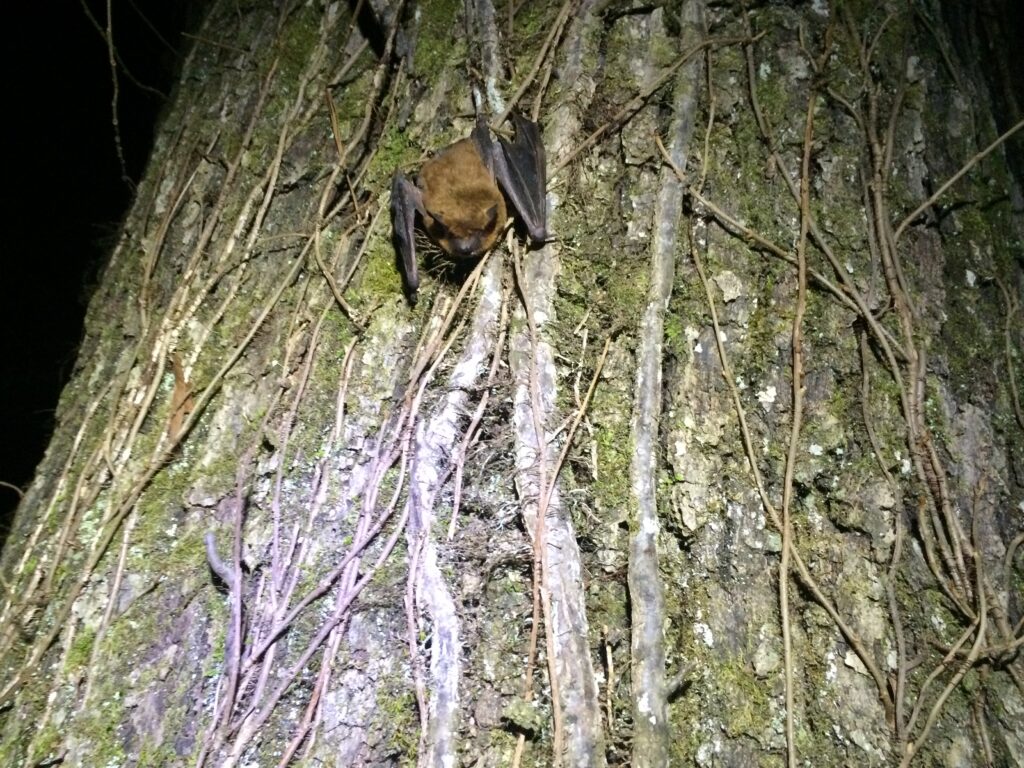
Ecosystem engineers create microhabitats of different types and sizes, each contributing to a more resilient and healthy ecosystem, especially as buffers against the effects of climate change. For example, during a heat wave a prairie dog burrow can offer a cool environment for other burrowing mammals, even rabbits and foxes. Gopher tortoises, found in the southeastern US, dig deep tunnels in the sand that over 300 other species have been documented using as habitat, including threatened species such as eastern indigo snakes and gopher frogs (TNC, 2022). Riparian tree species are equally as important, as they provide shade for deer and elk, and birds and bats take refuge in holes in their trunks. Willow-poplar riparian forests provide critical habitat for many species, and are in “urgent need of protection and restoration” (Przepiora and Ciach, 2022).

